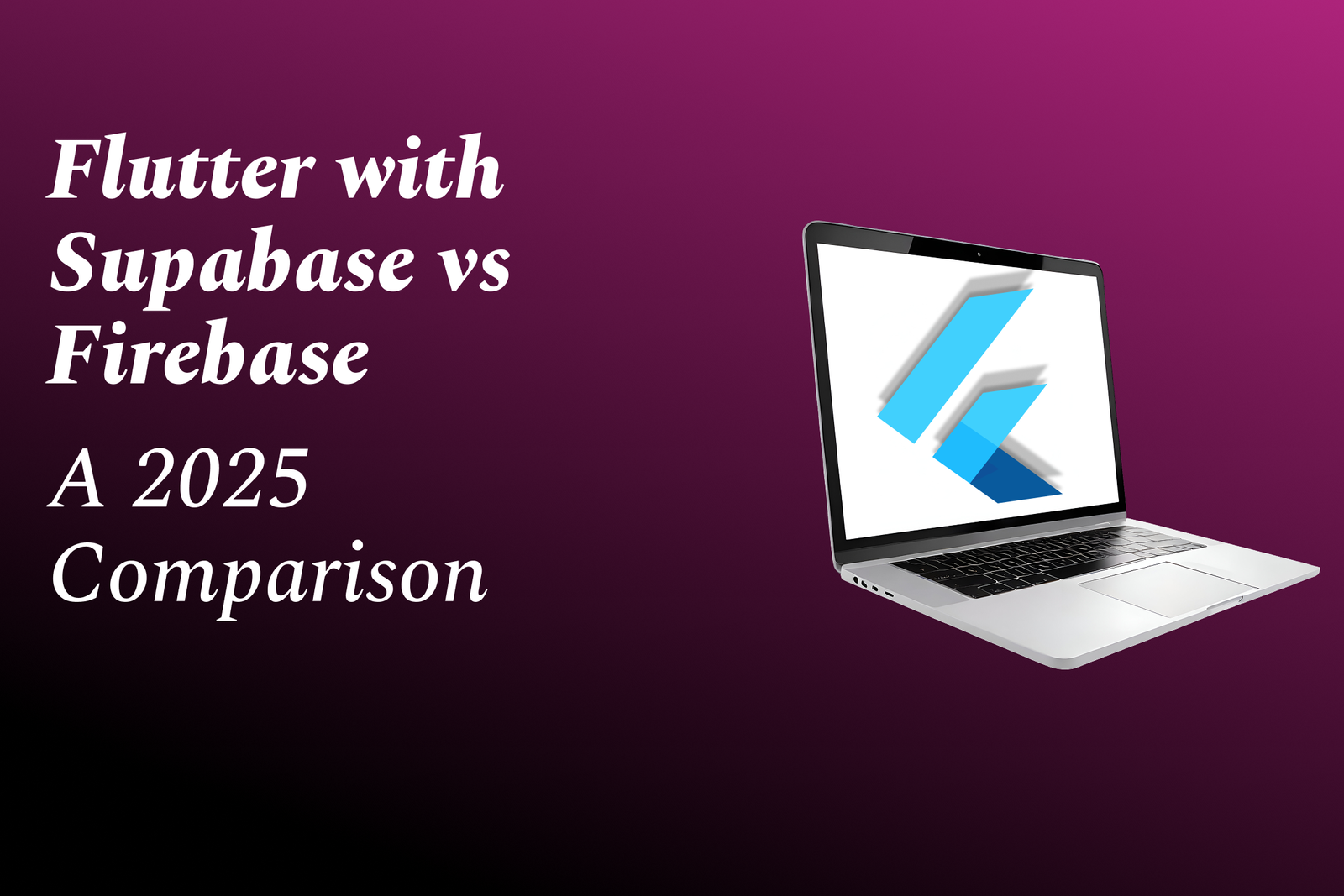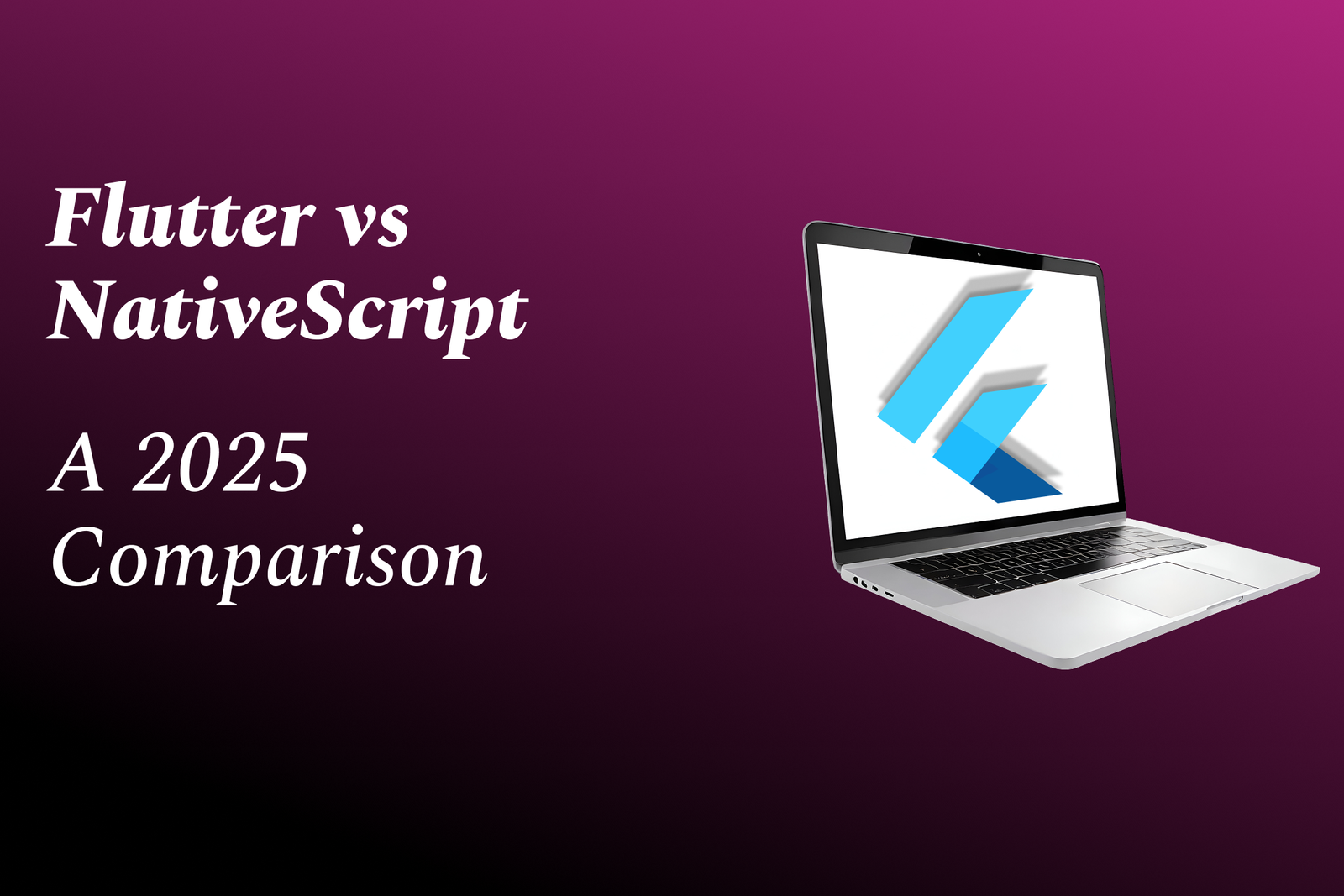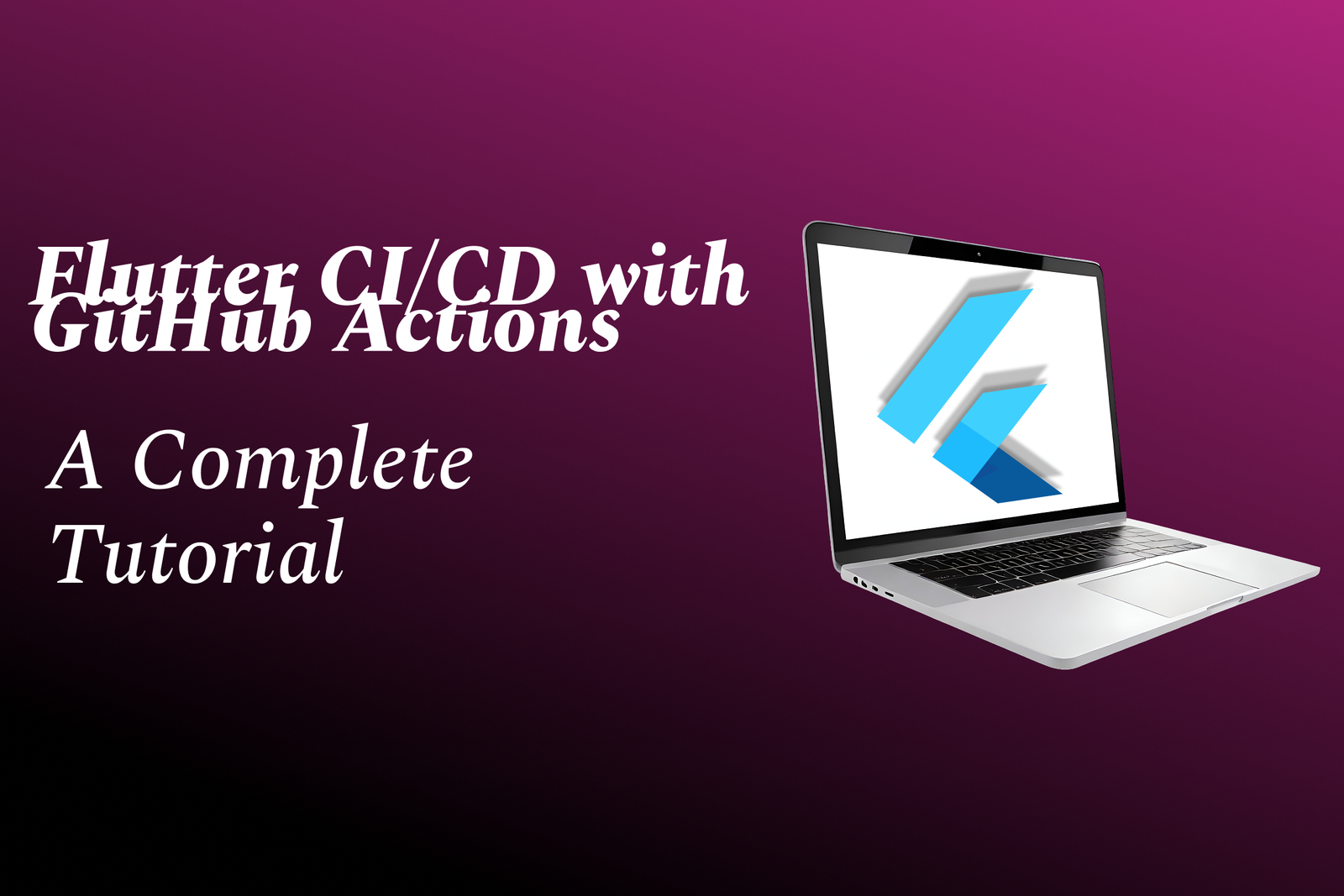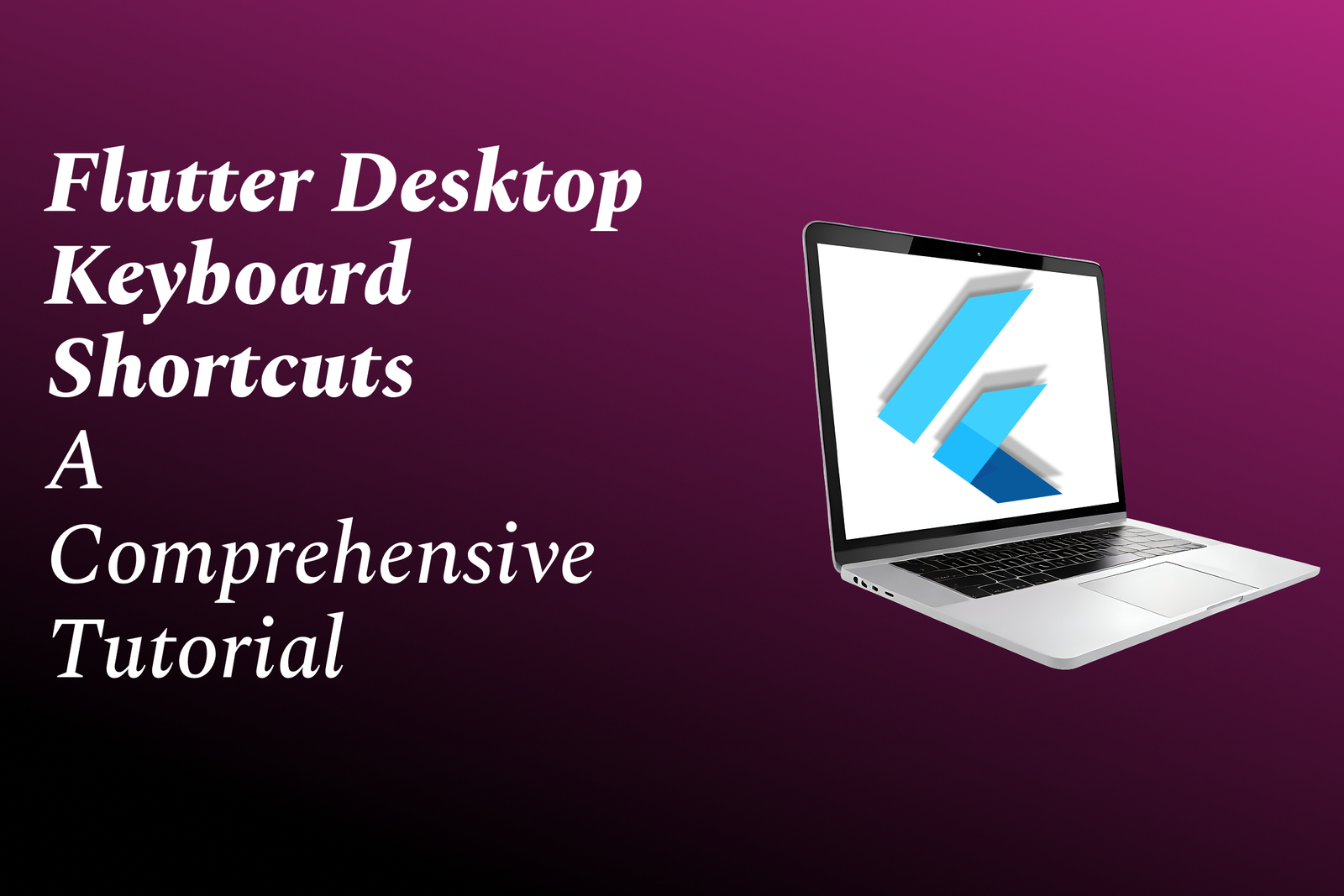Flutter Coding Standards Overview
Comprehensive Guide to Flutter Coding Standards
Flutter Coding Standards Overview
Flutter coding standards are a set of best practices and guidelines designed to maintain code quality, readability, and maintainability in Flutter applications. These standards emphasize the use of Dart’s style guidelines, including proper naming conventions, code organization, and documentation practices. Developers are encouraged to use meaningful variable and class names, follow a consistent indentation style, and leverage Dart's built-in formatting tools to ensure a uniform codebase. Additionally, effective use of Flutter’s widget composition is recommended to promote reusable and modular code, while adhering to the principles of the Dart language like avoiding overly complex structures and embracing async programming paradigms. Overall, these coding standards facilitate collaborative development and streamline the debugging process, ultimately leading to better performing and more scalable applications.
To Download Our Brochure: https://www.justacademy.co/download-brochure-for-free
Message us for more information: +91 9987184296
1 - Code Consistency: Ensure that the coding style is uniform across the entire codebase. Consistent naming conventions and style help improve readability and maintainability.
2) Naming Conventions: Use clear and descriptive names for classes, methods, and variables. Follow the Dart naming conventions: classes use UpperCamelCase, methods and variables use lowerCamelCase.
3) File Structure: Organize files into meaningful directories (e.g., `lib`, `assets`, `test`). This organization helps in navigating the project easily.
4) Commenting and Documentation: Write comments where necessary to describe complex logic and document public APIs. Dart’s `///` comments can be used to generate API docs.
5) Use of Dart Analysis: Employ the Dart analysis tools (such as `dart analyze`) to catch issues early and enforce coding standards. This helps maintain quality code.
6) Widget Composition: Break down complex widgets into smaller, reusable components to improve readability and reusability. Aim for single responsibility for each widget.
7) State Management: Choose appropriate state management solutions (like Provider, Riverpod, or Bloc) and document the rationale behind your choice to ensure clarity in managing app states.
8) Avoid Code Duplication: Refactor duplicated code into functions or widgets to adhere to the DRY (Don't Repeat Yourself) principle, enhancing maintainability.
9) Dependency Management: Use the `pubspec.yaml` file responsibly to manage dependencies. Avoid unnecessary dependencies that can bloat the application.
10) Error Handling: Implement proper error handling using try catch blocks, and provide user friendly error messages or fallback behaviors within the app.
11) Unit Testing: Write unit tests for your business logic and widget tests for your UI components, ensuring that the code is robust and reliable.
12) Performance Considerations: Keep performance in mind; avoid unnecessary rebuilds by using stateful widgets appropriately and leveraging `const` constructors.
13) Asynchronous Programming: Use async/await for handling asynchronous code effectively. This improves readability compared to traditional callback methods.
14) Localization and Accessibility: Make sure your app supports localization for multiple languages and incorporates accessibility features to cater to a diverse user base.
15) Version Control: Utilize version control systems like Git consistently, ensuring meaningful commit messages and facilitating collaboration among developers.
16) CI/CD Practices: Implement Continuous Integration and Continuous Deployment to automate testing and deployment processes, which helps maintain code quality and reduces errors.
17) Code Reviews: Encourage peer code reviews to gather feedback on the code quality and foster knowledge sharing among team members.
18) Security Best Practices: Follow best practices for securing sensitive information such as API keys. Avoid hardcoding secrets and make use of secure storage solutions.
This comprehensive overview of Flutter coding standards should provide a solid backbone for your training program, helping students understand best practices and develop quality applications.
Browse our course links : https://www.justacademy.co/all-courses
To Join our FREE DEMO Session: Click Here
Contact Us for more info:
SEO TRAINING BRISBANE
Best Software Testing Institute In Gurgaon
benefits of multithreading in java
Grails
Android Tutorials











